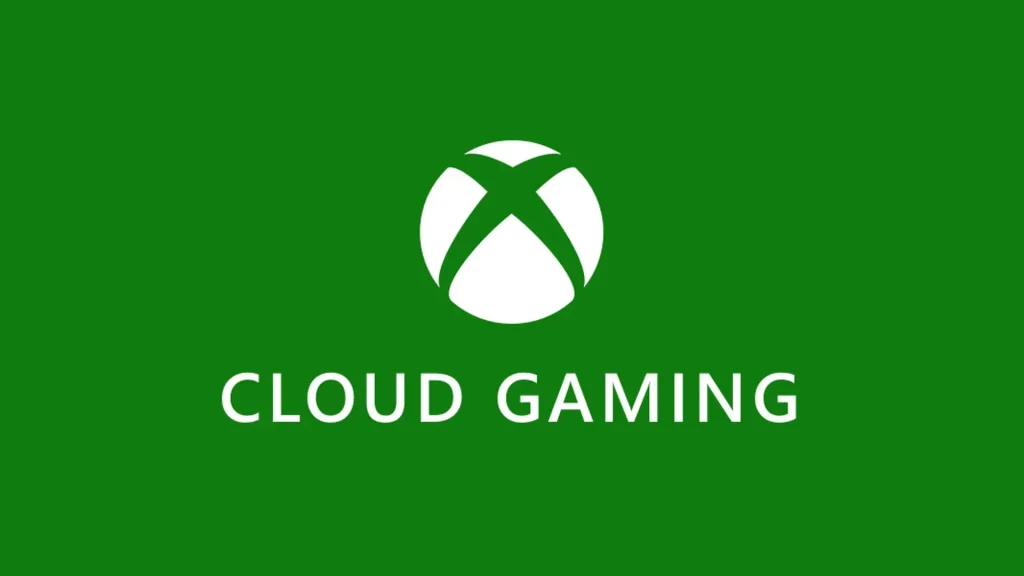Cloud Gaming is reshaping how we think about playing, delivering games from remote servers to your device over the internet. With this model, you stream high-end titles to laptops, phones, and tablets without installing large games locally. The ecosystem relies on cloud gaming platforms and robust data centers to render, compress, and transmit gameplay to your screen. Latency in cloud gaming is a key challenge, since even small delays can affect fast-paced titles and player reactions. As a result, many players weigh on-the-go options against traditional hardware, balancing convenience with performance.
In broader terms, this approach treats your device as a window into a remote gaming environment powered by scalable cloud infrastructure. Instead of installing games, you access titles through streaming services that render visuals on powerful servers and send them to your screen. Providers optimize delivery with adaptive bitrate, edge networks, and efficient codecs to keep motion smooth and responsive. For readers evaluating options, the focus shifts to compatibility, subscription plans, and the trade-offs between convenience, control, and cost.
Cloud Gaming Essentials: How It Works, Benefits, and the Latency Equation
Cloud gaming moves the heavy lifting of rendering from your device to powerful data centers. In practice, cloud gaming platforms stream a live video of your game to your screen while your inputs travel back to the server. This game streaming services model relies on a fast, stable internet connection, sophisticated latency management, and efficient encoders to keep image quality high while minimizing latency in cloud gaming. The result is the ability to play demanding titles on modest hardware across multiple devices, with quick access to a growing library.
Because rendering happens remotely, you don’t need top-tier hardware to enjoy modern games. You can start on a laptop, then continue on a tablet or smart TV, often without reinstalling anything. For smooth streaming, most cloud gaming platforms suggest bandwidth around 10–20 Mbps for 1080p and higher for 4K; still, latency plays a crucial role in fast‑paced titles and is mitigated by buffering and predictive techniques built into the service to curb latency in cloud gaming.
Choosing the Right Subscription Cloud Gaming Plan for Mobile Cloud Gaming and Library Access
Subscription cloud gaming plans change how you access titles by offering libraries rather than owning every game. Some services bundle you into a rotating catalog, while others let you stream a broad selection from partner storefronts; for mobile cloud gaming, verify strong mobile client support and data management features. Align your choice with your favorite genres and the cloud gaming platforms you already use, so you get a seamless cross‑device experience without paying twice for the same titles.
To pick the right plan, map your devices, typical usage, and budget, then test with free trials. Consider data allowances for mobile cloud gaming, and ensure the service delivers reliable performance across the devices you own. Look for clear terms on latency in cloud gaming, quality of service options, and library compatibility with your preferred game streaming services and storefronts, so your subscription cloud gaming meets your needs.
Frequently Asked Questions
How does cloud gaming work on cloud gaming platforms and game streaming services?
Cloud gaming runs games on remote servers and streams video to your device. It uses four components: a GPU-powered server cluster to render the game, a streaming layer to encode frames, a client that decodes the video and sends your inputs back, and a CDN to minimize delay. This setup lets you play high-end titles on modest hardware and across devices with quick access to libraries. The main tradeoffs are dependence on internet quality and latency in cloud gaming, which can affect fast-paced gameplay despite buffering and predictive techniques.
What should I consider when choosing a subscription cloud gaming service for mobile cloud gaming?
When choosing a subscription cloud gaming plan for mobile cloud gaming, evaluate library size and relevance, price and subscription terms, device compatibility, and network requirements. Mobile use means you will want solid mobile support and reasonable data usage, since streaming can consume significant data. Pay attention to latency in cloud gaming and try a trial to judge responsiveness on your phone. Also decide whether you prefer a rotating catalog under a subscription or the option to stream games you already own, and compare total costs to owning titles locally. Typical bandwidth for 1080p is around 10-20 Mbps, with higher rates needed for better quality or 4K.
| Aspect | Key Points |
|---|---|
| What Cloud Gaming is |
|
| How it works in practice |
|
| Bandwidth & latency |
|
| Pros |
|
| Cons & limitations |
|
| Popular platforms today |
|
| What to consider before subscribing |
|
| Practical tips to improve your experience |
|
| Future potential & trends |
|



